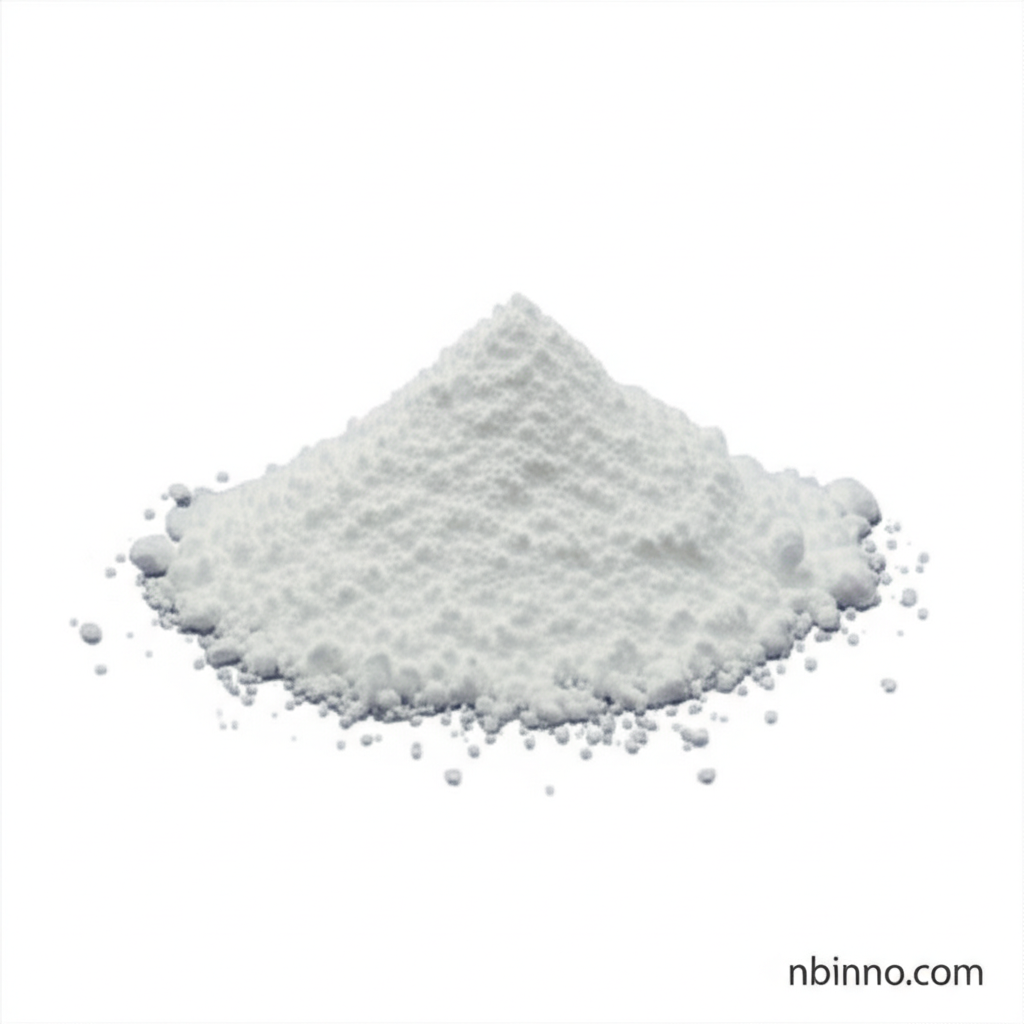Echinocandin B: A Key Antifungal Agent for Diagnostic Reagents and Pharmaceutical Innovation
Discover the power of Echinocandin B, a critical component in diagnostic reagents and a vital molecule for pharmaceutical advancements. Learn about its unique properties and applications.
Get a Quote & SampleProduct Core Value

Echinocandin B
Echinocandin B is a naturally occurring cyclic hexapeptide antifungal agent, highly valued for its ability to inhibit glucan synthesis, a crucial process in fungal cell wall formation. As a leading supplier in China, we provide high-purity Echinocandin B for diverse applications, including advanced diagnostic reagents and cutting-edge pharmaceutical research. Our commitment to quality ensures you receive a reliable compound for your critical projects.
- Leveraging the unique properties of this fungal cell wall inhibitor, we support critical pharmaceutical research and development.
- Explore the potential of this Aspergillus nidulans derived compound in creating next-generation diagnostic reagents.
- As a trusted supplier in China, we ensure the availability of this vital cyclic hexapeptide pharmaceutical for your procurement needs.
- Understand the mechanism of this glucan synthesis inhibitor for a deeper insight into antifungal drug discovery.
Benefits of Using Echinocandin B
Antifungal Efficacy
Echinocandin B's potent antifungal activity makes it indispensable for developing effective treatments and diagnostic tools against fungal infections. Its mechanism as a glucan synthesis inhibitor is key to its efficacy.
Diagnostic Reagent Component
This compound is a vital element in the formulation of specialized diagnostic reagents, enabling precise detection and analysis of fungal pathogens and their related mechanisms.
Pharmaceutical Innovation
As a critical pharmaceutical intermediate, Echinocandin B fuels innovation in drug discovery, particularly in the search for novel antifungal agents and treatments for challenging infections.
Key Applications
Cosmetic Formulations
Incorporating this antifungal agent into cosmetic products can enhance their shelf-life and protective qualities, a key benefit for manufacturers seeking advanced ingredients.
Medical Research
Essential for academic and industrial research, Echinocandin B aids in understanding fungal biology and developing new therapeutic strategies. Its role as a glucan synthesis inhibitor is a focus of many studies.
Diagnostic Kit Development
The specific properties of this cyclic hexapeptide make it an excellent candidate for developing highly sensitive and accurate diagnostic kits for identifying fungal infections.
API Synthesis
It serves as a crucial building block or intermediate in the synthesis of Active Pharmaceutical Ingredients (APIs) for antifungal medications, highlighting its importance in the pharmaceutical supply chain.
